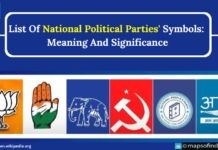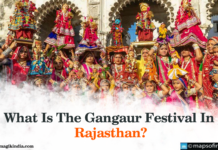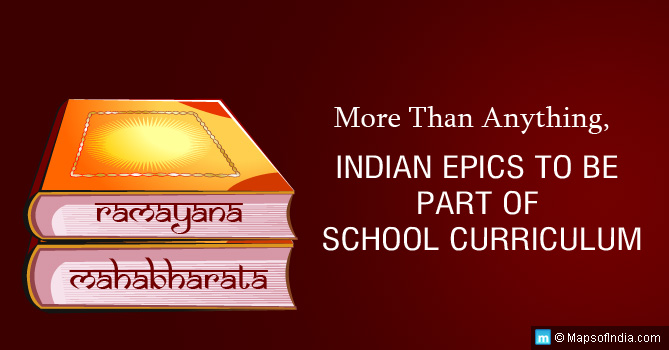India has produced many great mathematicians, astronomers, historians whose discoveries and knowledge was quite ahead of their time. Their work has not only influenced the time in which they lived but still influencing life of today’s India. Aryabhata, Brahmagupta, Baudhayana are few to name among the long list of scholars. Even the traditional education system of India consists of teaching mathematics, Indian logic, philosophy, rituals, spiritual life, etc. So from time to time many scholars have complied their experience and knowledge in different books that still act as a guide.
The Vedas
The Vedas are the primary and major texts of Hinduism and there are four Vedas– Rig Veda, Sama Veda, Yajur Veda and Atharva Veda. The Rig Veda is the oldest of all Vedas and it was composed in about 1500 BC. Along with high spiritual values, the Vedas throw light on the life of ancient India.
The Epics
The Mahabharata and Ramayana are the epics of India and possibly the longest poems in any language. The Ramayana was written by sage Valmiki during 1st Century AD and the Mahabharata was written by sage Vyasa from 540-300 BC. The Mahabharata also consists of the sacred text, the Bhagavad Gita.
Charaka Samhita
Charaka Samhita is an enormous dissertation on Indian medicine that contains eight divisions which are further divided into various chapters. Charaka Samhita explains not only the present knowledge of medicine but also presents a strong viewpoint behind medical system. Charaka Samhita was originally composed by Agnivesa one of the six students of Atreya. With time, more and more knowledge was added to it by Charaka. The revised version of the Agnivesha tantra came to be known as the Charaka Samhita. During the 9th century, a Kashmiri Pandit named Dridhabala again revised the Charaka Samhita. Foetal generation and development, human body and its astronomy, diagnosis and treatment of various diseases, tridosa theory of vayu, pitta and kapha, many diseases of children, normal and abnormal deliveries, etc have been explained in the Charaka Samhita.
Aryabhatiya
Aryabhata was a great astronomer and mathematician during the 5th century and his work Aryabhatiya is his only existing work. It is believed that Aryabhatiya was written by him at the age of 23 in 499 AD. He successfully delinked astronomy from mathematics. Aryabhatiya is an astronomical dissertation that contains 118 verses all written in a poetic form. But Aryabhatiya was not accepted by Western scholars as rules mentioned in Aryabhatiya have no proofs associated with them. But his work is immensely influential in India. Topics explained are related to arithmetic, trigonometry and algebra.
Tantrasangraha
Tantrasangraha, a book on astronomy, was written by Nilakantha Somayaji in 1501 AD. He was a great mathematician and astronomer from the Kerala School of Astronomy and Mathematics. He had revised Aryabhata’s concept for planets Mercury and Venus. Some of the important works in this book are calculations for Sun’s position in the celestial sphere, calculation of the latitudes of the Sun, the moon and also the diameter of the shadow of Earth during the lunar eclipse.
Shulba Sutras
Most of the Hindu rituals and instructions to perform these are mentioned in the Shulba Sutras and the text dates back to 800 BC to 200 AD. Along with this, it has the instructions related to the construction of a fire-altar for those rituals. Out of total 8 shulba sutras, four sutras are significant from the mathematical point of view. These were written by Baudhayana, Apastamba, Katyayana and Manava.
Pancha-Siddhantka
Pancha-Siddhantka is the work of Varahamihira and dates back to 575 AD. In this, the motion of planets, the Sun, the moon, the position of these celestial bodies, solar and lunar eclipse and their shadow projections have been explained.
Know More…
Should the Great Indian Epics Be Included in the School Curriculum?




